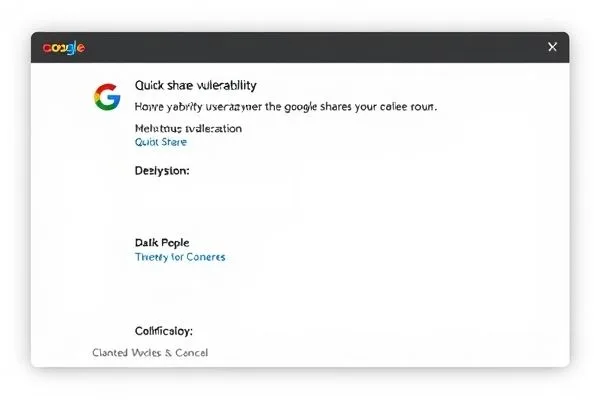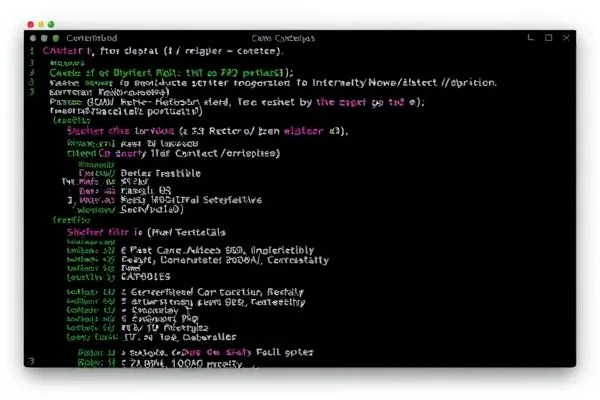Did you know that a recently disclosed vulnerability in Google’s Quick Share could allow unauthorized file transfers? This critical flaw, identified as CVE-2024-10668, highlights the ongoing challenge of ensuring security in file-sharing applications. In this article, we delve deeper into the implications of this vulnerability, the technical details surrounding it, and its significance for users and developers alike.
Key Takeaways:
- ✅ The Quick Share vulnerability allows silent file transfers without user consent.
- ✅ The issue stems from flaws that were initially identified but inadequately patched.
- ✅ Security experts emphasize the importance of addressing root causes in vulnerability management.
- ✅ Users should always be aware of the security protocols in their file-sharing applications.
The Nature of the Vulnerability
Google’s Quick Share is a peer-to-peer file-sharing utility designed for seamless transfers between various devices like Android smartphones, Chromebooks, and Windows laptops. However, the recent disclosures reveal that a significant vulnerability allows attackers to send files unnoticed, resulting in unauthorized transfers to end-user devices. This flaw is tracked as CVE-2024-10668 (CVSS score: 5.9), which indicates a considerable level of risk.
Initially uncovered by researchers at SafeBreach Labs, this vulnerability is part of a larger group of ten issues associated with Quick Share that was first reported in August 2024. These issues, collectively known as CVE-2024-38271 and CVE-2024-38272, could potentially allow a comprehensive exploit chain, granting attackers arbitrary code execution on targeted devices.
Interestingly, while a patch was released for Quick Share version 1.0.2002.2, some of the original flaws persist. For instance, a denial-of-service (DoS) attack can be executed using specific file name conventions that trigger the application’s crash. Moreover, an attempt to patch unauthorized file write vulnerabilities was ineffective, permitting an attacker to successfully send files without proper validation.
Implications for Users and Developers
The ramifications of this vulnerability extend beyond individual users; they symbolize larger issues within the software industry regarding the handling of vulnerabilities. As stated by SafeBreach researcher Or Yair, effective vulnerability management requires addressing the root cause rather than applying quick fixes. This is particularly important in complex systems such as Quick Share, where multiple interconnected components can lead to oversights in security protocols.
Furthermore, security vulnerabilities in file-sharing tools threaten the sensitivity of personal data, necessitating strong security measures. Users of file-sharing applications are advised to remain vigilant, employ security best practices, and monitor for updates to safeguard their information.
Conclusion
In conclusion, the Quick Share vulnerability serves as a wake-up call for both developers and users. It underscores the necessity of robust security practices and continuous vigilance in the ever-evolving landscape of cybersecurity. While Google has taken steps to patch these vulnerabilities, ongoing scrutiny and responsible handling of such issues are paramount to maintaining user trust and security.
FAQs
- What is Quick Share? Quick Share is a file-sharing utility by Google that allows users to transfer files seamlessly between devices.
- Why is the Quick Share vulnerability concerning? The vulnerability enables unauthorized file transfers without user consent, posing significant security risks.
- What should users do in response to this vulnerability? Users should update their applications regularly and be wary of file-sharing requests to protect their data.
- How does this vulnerability reflect on software development practices? It highlights the importance of addressing the root causes of vulnerabilities rather than relying on quick patches, which can lead to further risks.
For additional insights on the importance of robust security in software, consider reading about automated pentesting strategies and the role of AI in penetration testing. Also, keep an eye on discussions regarding security incidents, like the Github action compromise or comments on strategic collaborations in cyberattacks.









